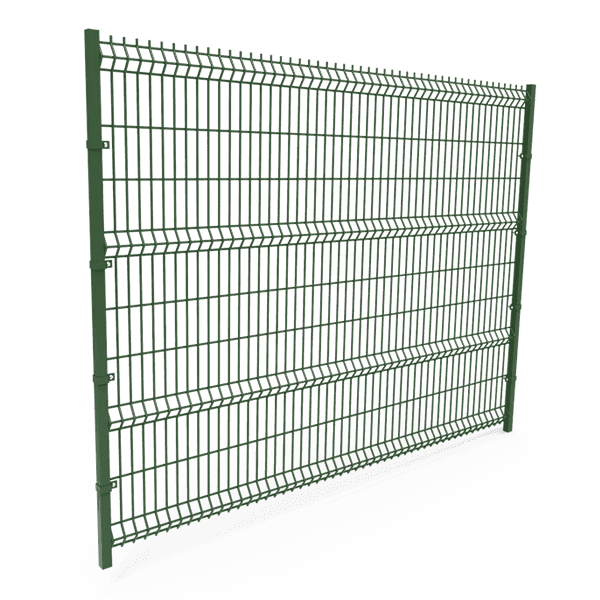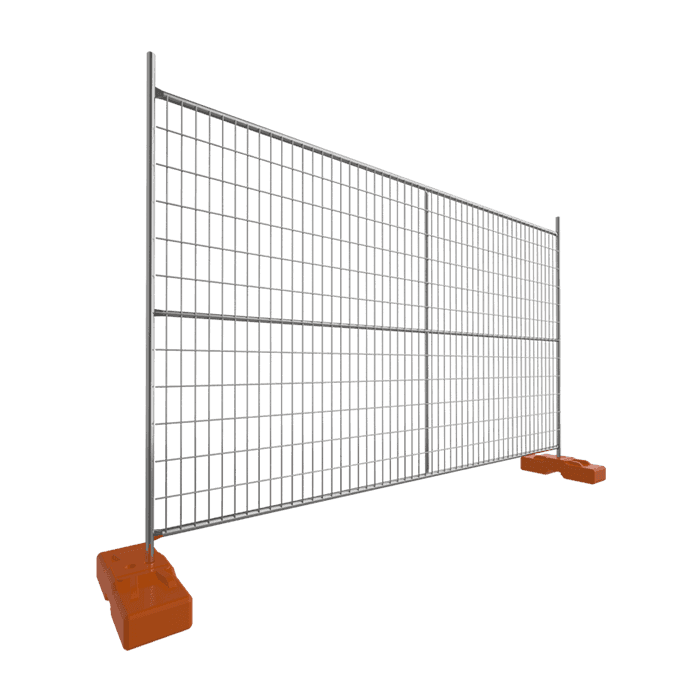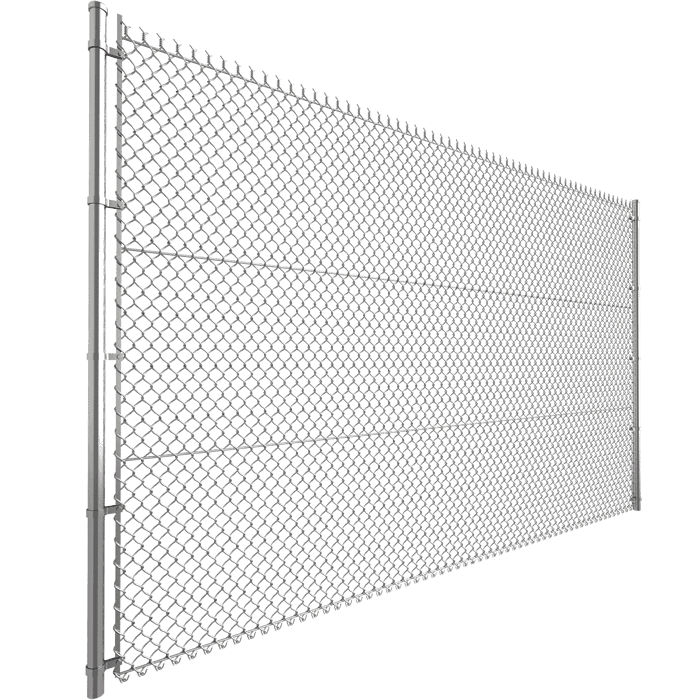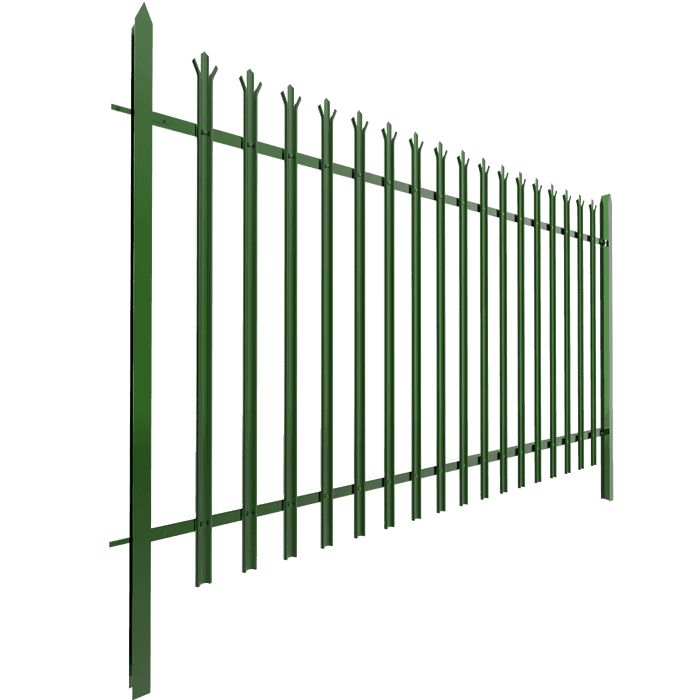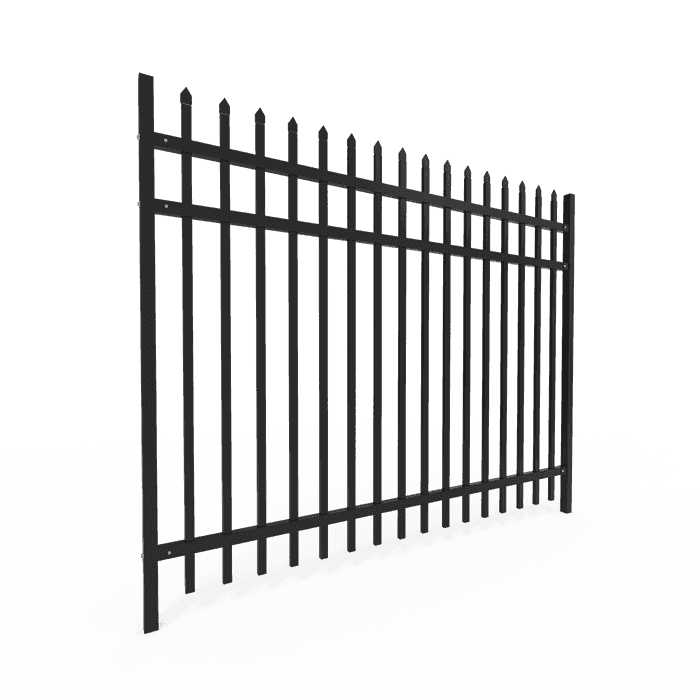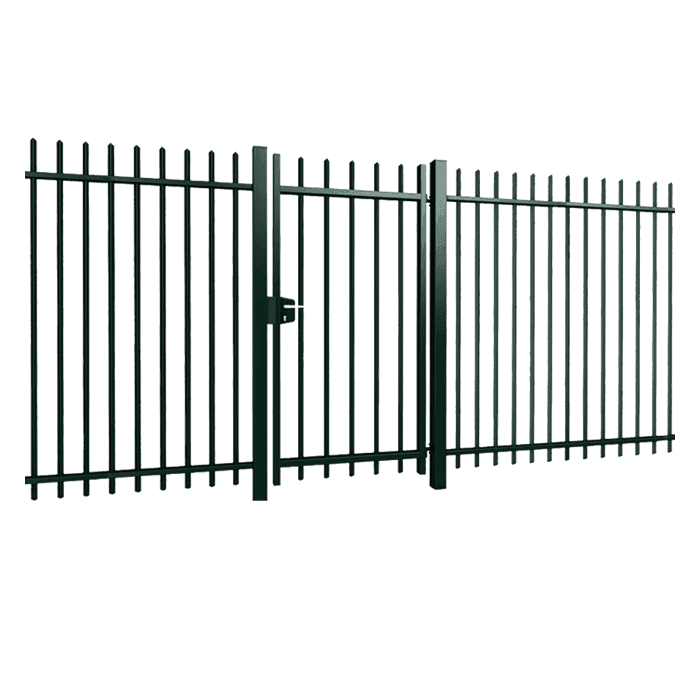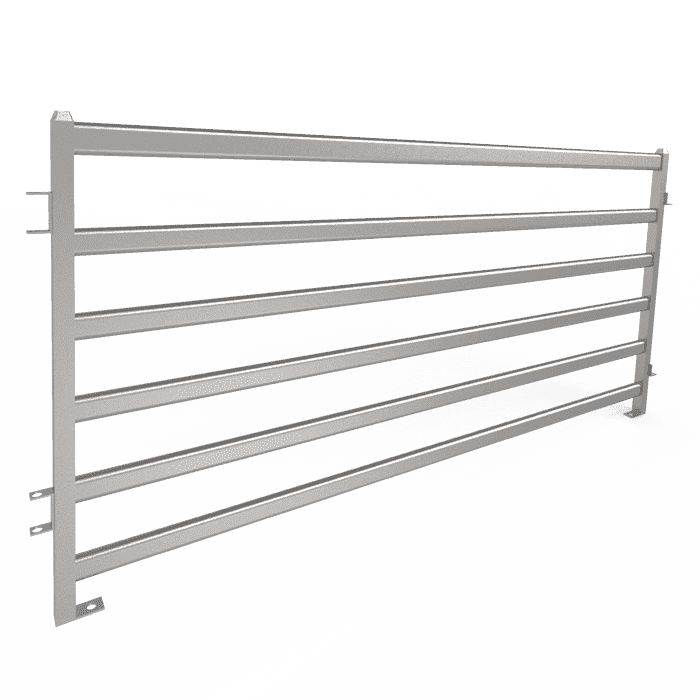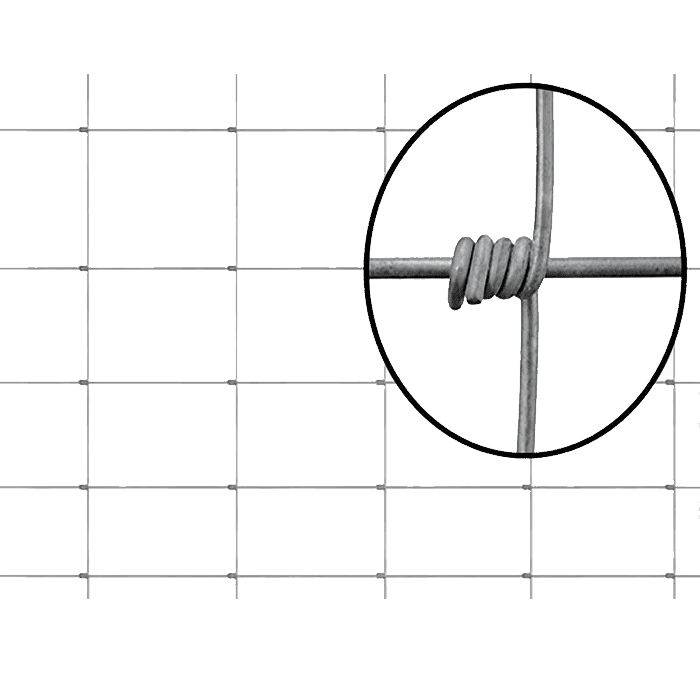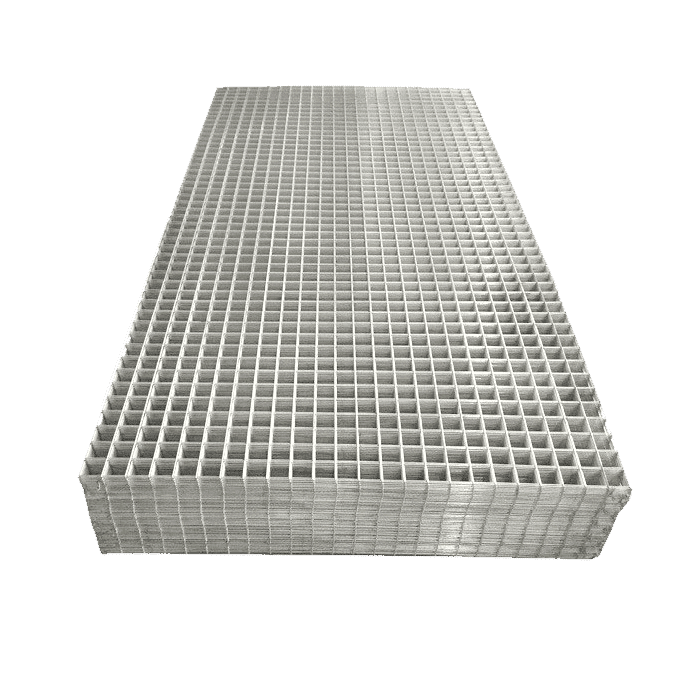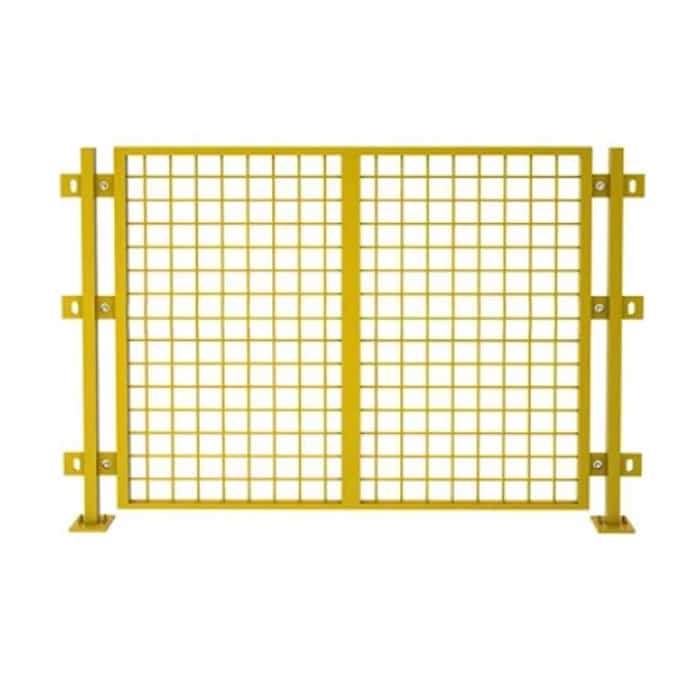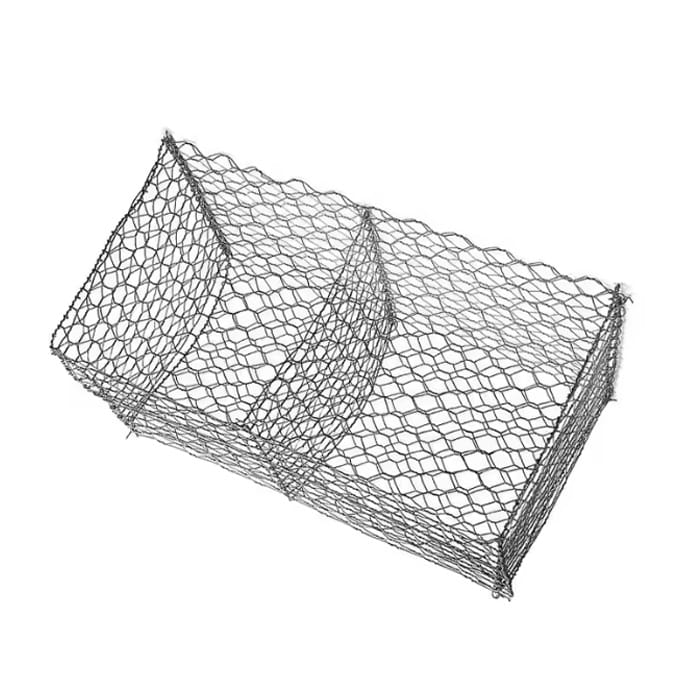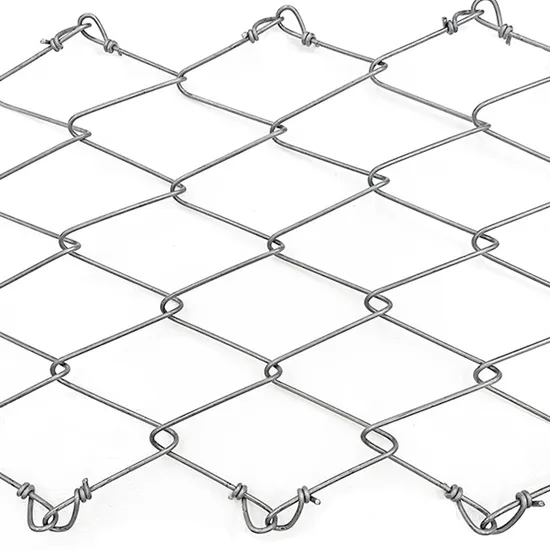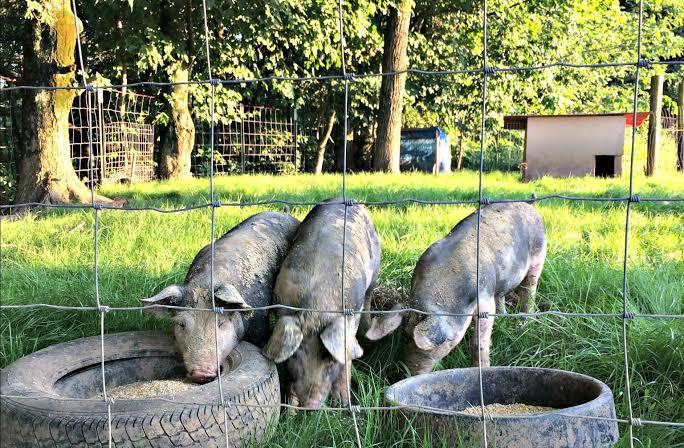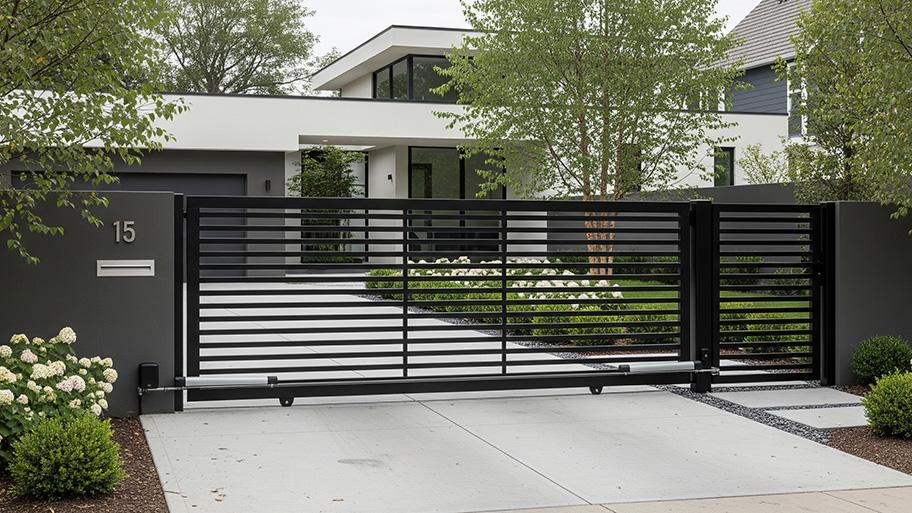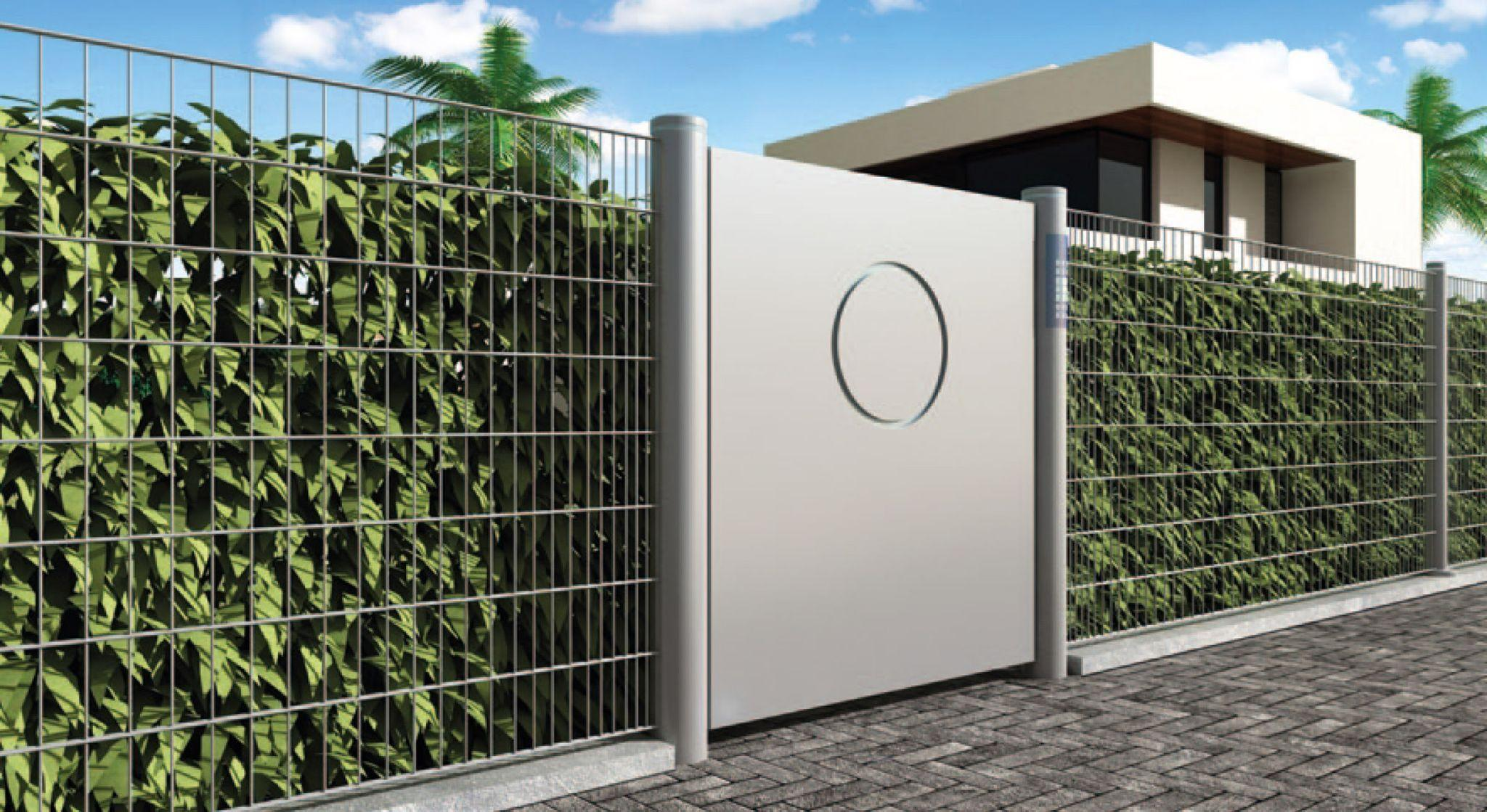Table of Contents
With a growing demand for dog safety, putting up a fence for dogs is one of the most in-demand requirements. For your well-loved fur babies, finding affordable and quality dog fences can be a challenge. In this article, we’ll discuss the cheapest fence you can build for your dogs?
Affordable Dog Fence Options
Whether it is indoor or outdoor dog fences, choose fences for your canine based on the type of materials they are made of. Durability and affordability are the common challenges. What are the dog fences you can choose from?
Wooden Dog Fences. You’re not going wrong using wood fences for your dog buddies. Wood dog fences are one of the most popular and cheapest dog fences you can build. Economical, eco-friendly, and affordable wood fences can be painted in any color you want for your yard. They can blend with your natural environment and make your yard more pleasant. They also provide security and safety to passersby who want to examine your dogs.
Wire Dog Fences. These fences are easy to install, cheap, and effective with varied styles and sizes. You can easily install wire dog fences over the weekend. You can also keep your large or small dogs whenever you place them in your yard.
Natural Dog Fences. These dog fences are ideal for country homes, wooden houses, and rest houses. You don’t have to get expensive materials you can borrow from your surroundings. A natural dog fence uses materials from your environment or nearby wooden areas to keep with the natural landscape like thick tree branches, rocks, stones, brush, and downed trees.
Cheap and Effective Dog Fence Ideas for Small and Large Yards
If you want more affordable and sturdy dog fences for your background, these cheap and effective dog fences ideas are ready to provide comfort and safety for your furry loved ones.
Vinyl Fences. A vinyl dog fence is made from weather-proof materials. If you’re looking for low-maintenance and budget-friendly dog fences, vinyl fences are for you. They come in different colors and styles that match your home’s exterior design. They are no sharp edges and screws that may hurt your pet.
One of the types of vinyl fences is PVC pipes. PVC piping dog fences are commonly constructed using PVC pipes. A dog fence made of PVC tubing works well, especially for climbers and jumpers. Additionally, sliding PVC piping deters pets from trying to escape the fence.
Chain-link Dog Fences. It is one of the most popular dog fences you can build because of its durability. These fences are built on the diamond pattern of galvanized steel wires. The visibility of using this fence held dogs to peek outside the yard and kill their boredom.
Wrought-Iron Dog Fences. Dog fences made of iron are sturdy, long-lasting, and attractive for your garden. They come in a variety of sizes and styles that fit both small and large dog types. Although they are designed to last longer, they are not any lighter than aluminum.
How to Build a Low-Cost Fence to Keep Your Dog Safe?
Keeping your pets safe and comfortable are the most important concerns of a fur parent like you. In this section, we’ll talk about how to create a budget-wise fence that maintains your dog secure. These are the ways to build a low-cost dog fence:
- Determine and measure the area.
Before you begin constructing your backyard fences, plan how you do the fences first. Determine the location and measure how small or big your fences are. Decide whether you want to cover the entire yard or a small portion of it. The tools needed are measuring tape, stakes, string, or rope.
- Select your fencing materials.
The materials you use are usually based on your budget, dog size, and durability requirements. Some materials include wooden pallets, metal posts, plastic mesh, bricks or stones, and chicken wires.
- Gather needed tools and materials.
According to the materials you have, prepare the basic tools to assemble and secure the fence. These include metal or wooden posts, hammers, mallets, post-drivers, zip ties, nails, staples, shovels, screwdrivers, and others.
- Install dog fence posts.
After collecting the materials to be used, install the posts to set up your dog fences. The posts serve as the support for your fence, so they need to be sturdy and well-spaced. Depending on the height of your fence and the size of your backyard, space the posts about 6 to 8 feet apart.
Put each post into the ground using a hammer or post driver. Check each post is at an equal height and aligned properly to create a straight fence. For stronger support, bury posts around 1 to 2 feet deep.
- Attach the fence
Once the posts are in place, it’s time to attach your chosen fencing material. Whether you are using wire, mesh, or wooden pallets, begin at the corner and secure the fencing material to the first post using zip ties, nails, or staples.
Pull and stretch the material and move along the perimeter, attaching the materials to each post as you go. Make sure the material is tight and straight to prevent sagging. If using a wooden pallet, align them next to each other evenly and secure them together with nails and screws.
If your dog digs the ground, you opt to install materials to strengthen the bottom of the fence to prevent escapes. You can bury the part of the fence a few inches underground or use rocks or concrete blocks along the fence line to deter digging.
You can also build a gate for an entry point. Simply use the leftover materials or buy a pre-made gate to create one.
- Inspect and secure
Check the dog fence for any weak areas after it is finished. Make sure your dog can’t get through any openings. Any part of the fence where the materials appear to be drooping or loose should be reinforced.
- Test the fence
Before letting your dog run freely, test the fence to ensure that it’s secure. Walk along the perimeter and inspect the weak spots where your canine might be able to push through, dig under, or jump over.
By following these steps, you can ensure that you can build a functional and low-budget fence to keep your dogs safe and give you peace of mind. Whether you choose temporary or permanent fencing solutions, these approaches can help you create low-cost and environmentally friendly fences.
Temporary vs. Permanent: Which Affordable Dog Fencing Solution is Right for You?
Temporary or permanent dog fences? Well, it depends on your budget and, the safety and sturdy needs for your pet.
Temporary fencing is best when you’re renting and don’t live permanently in one place. If you are planning to move soon, the temporary dog fence is a good option. Plastic mesh, wooden mesh, and wire fences are recommended because they can be easily taken down quickly.
Temporary dog fences are also advisable when your house is under construction or renovation. These fences are easy to install or remove, cheaper, and flexible. However, it may not guarantee you a secure and durable fencing solution.
Permanent fencing is a long-term and more durable fencing alternative to temporary fencing like wood or metal. Wooden pallets are affordable permanent fence materials like vinyl or metal provide great durability and safety.
The permanent dog fence is more secure, longer lasting, and aesthetically attractive. They are typically more expensive. Permanent fencing requires more time and effort to build.
Pros and Cons of Different Budget-Friendly Dog Fence Materials
Building cheap dog fences has its advantages and disadvantages that require special attention for your pet. Here are the pros and cons of various budget-wise dog fence materials.
Wooden Dog Fences
Pros: Environment-friendly, affordable, aesthetically pleasing
Cons: Needs regular maintenance and weatherproofing
Wire Dog Fences
Pros: Sturdy, flexible, low maintenance
Cons: Sharp edges, less durable, can be damaged by large dogs
Natural Dog Fences
Pros: Recyclable, budget-friendly, environment-friendly,
Cons: Needs regular maintenance, aesthetically not attractive, requires more effort to build
Vinyl Fences
Pros: Low maintenance, stylish, resistant to moisture, sturdy
Cons: Eclosed covered area, not ideal for digging dogs, can become brittle in extreme cold
Chain-link Dog Fences
Pros: Cheap, durable, easy installation, encourages dog’s curiosity
Cons: Not suitable for digging dogs, aesthetically not pleasing, not recommended for small dogs
Wrought-Iron Dog Fences
Pros: Easy-to-install, adjustable size, suitable for larger dogs
Cons: Less stylish, temporary, needs regular maintenance, not suitable for all environments
In conclusion, it is important to consider the materials to be used, the size of your yard, the number of dogs to be housed, and whether a temporary or permanent installation when building your cheapest dog fences.
Choosing from wooden dog fences to iron-made fences to create a safe and secure environment for your fur babies without slashing your budget is a big plus. With the right materials and careful planning, you can achieve and build budget-friendly dog fences that offer peace of mind and convenience for your dogs.

